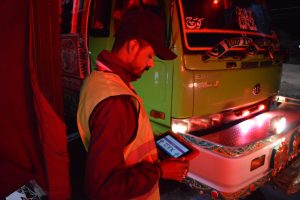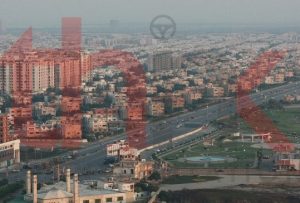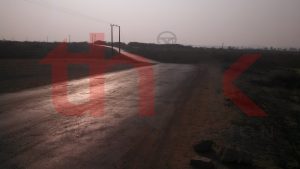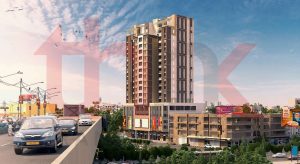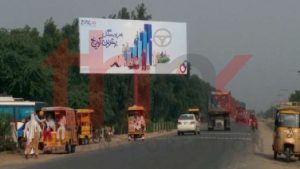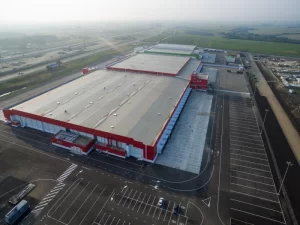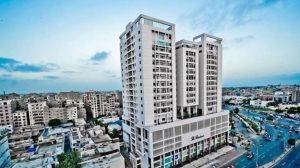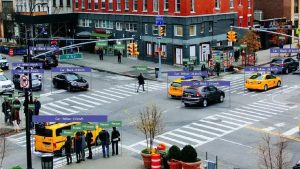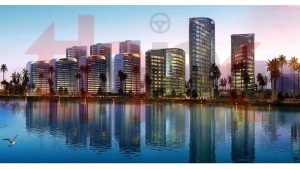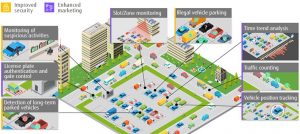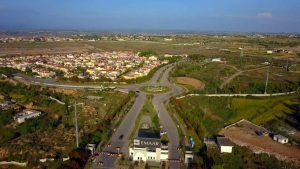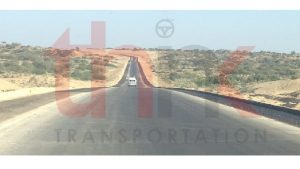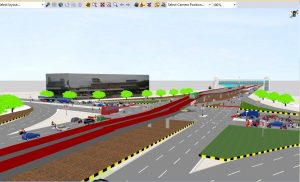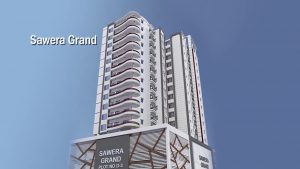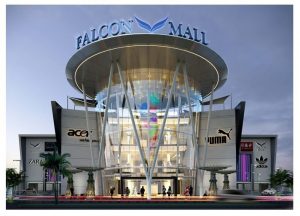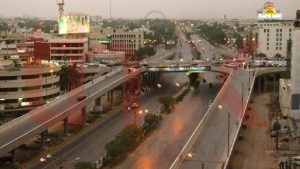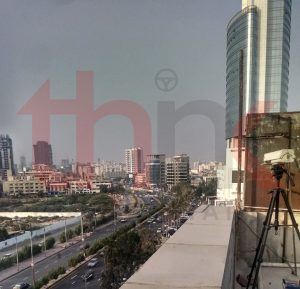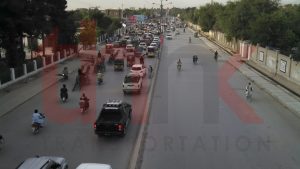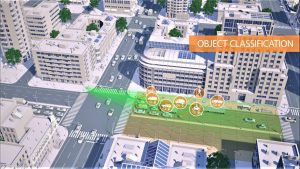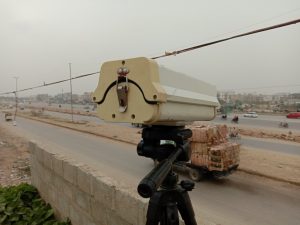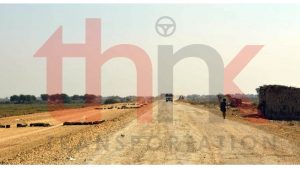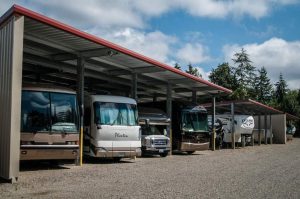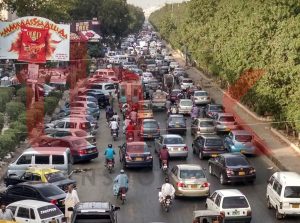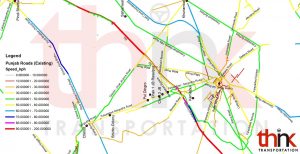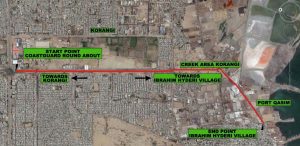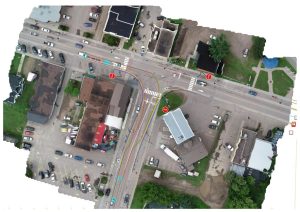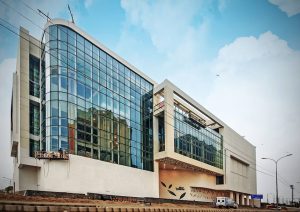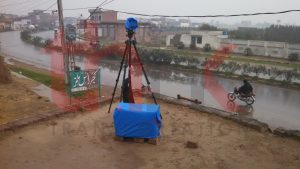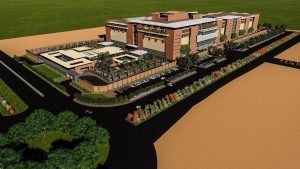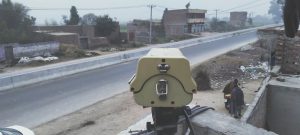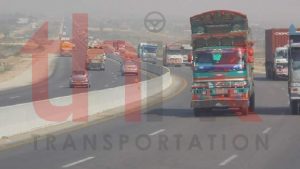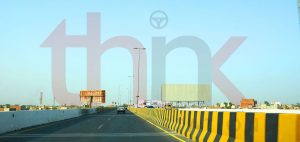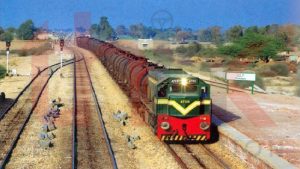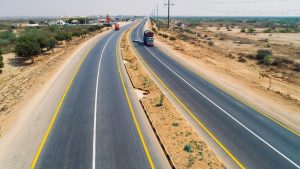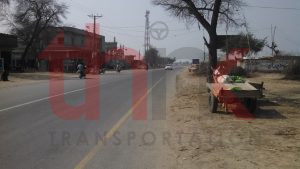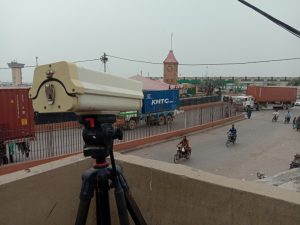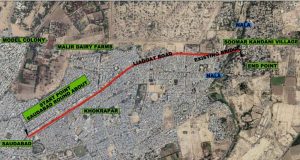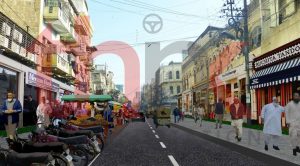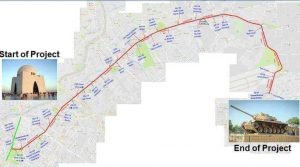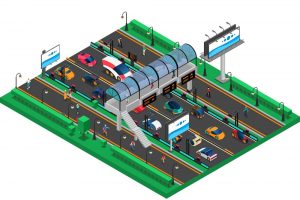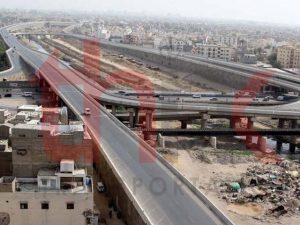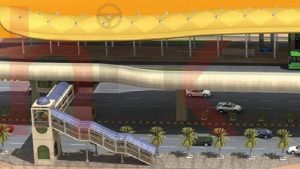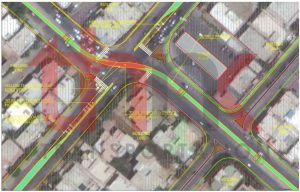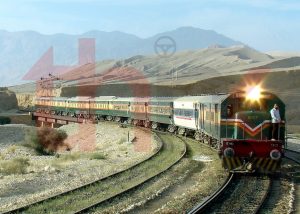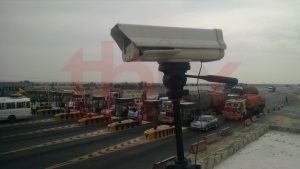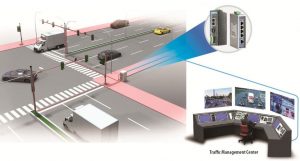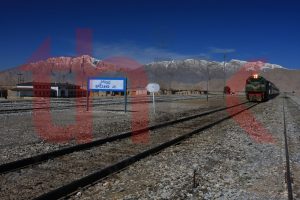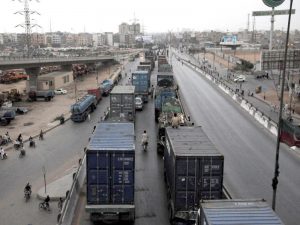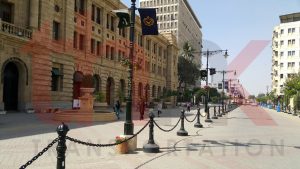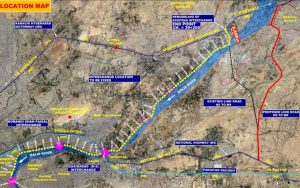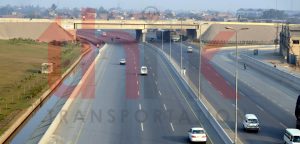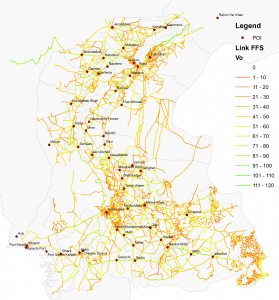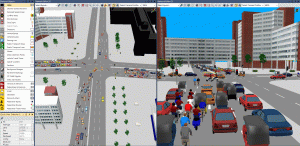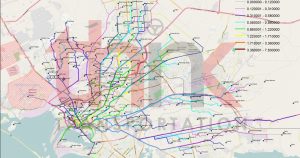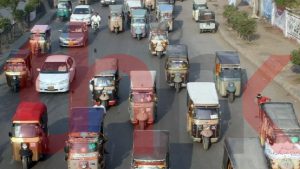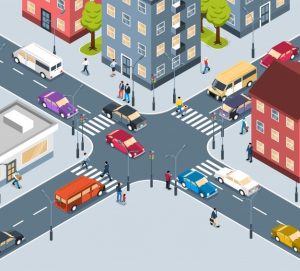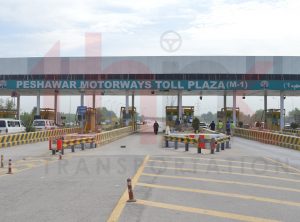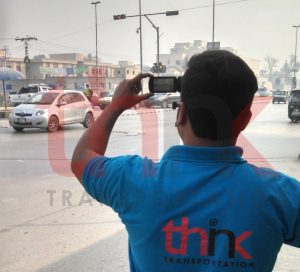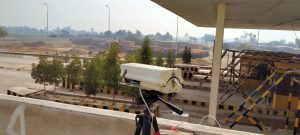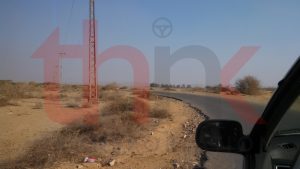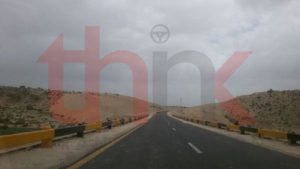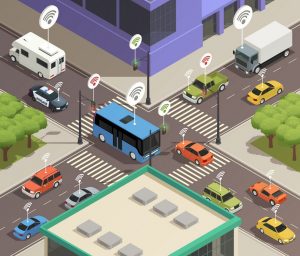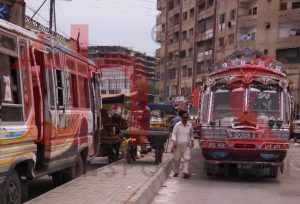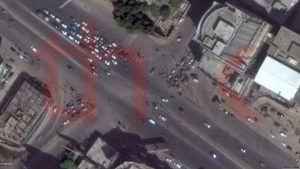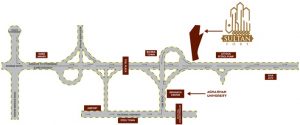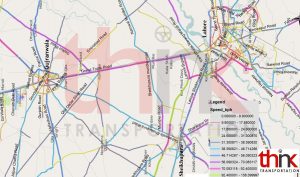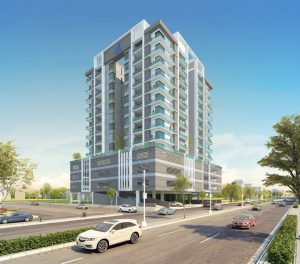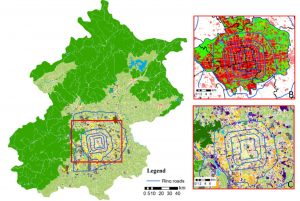
PESHAWAR BUS RAPID TRANSIT
Traffic Engineering, Traffic Surveys, Bus Rapid Transit
16
Traffic Surveys, Intersection Analysis, Capacity Analysis, Microscopic Modelling
Completed
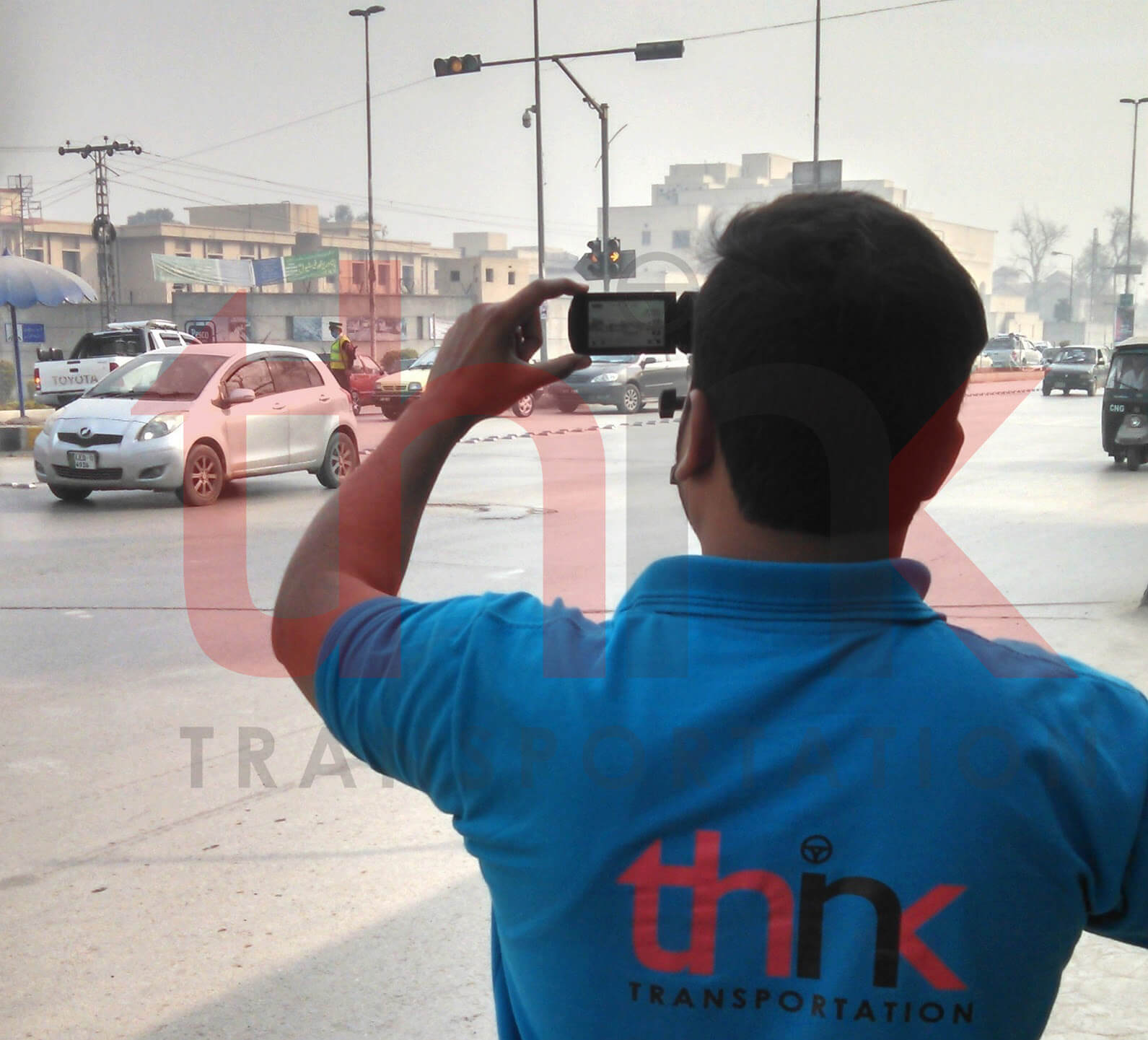
Peshawar is the capital of the Pakistani province of Khyber Pakhtunkhwa. It also serves as the administrative center and economic hub for the Federally Administered Tribal Areas. Situated in a broad valley near the eastern end of the historic Khyber Pass, close to the border with Afghanistan. Peshawar is the largest city of Khyber Pakhtunkhwa province. According to the last census, it is also the ninth-largest city of Pakistan.
Peshawar’s east-west growth axis is centered on the historic Grand Trunk Road that connects Peshawar to Islamabad and Lahore. The road is roughly paralleled by the M-1 Motorway between Peshawar and Islamabad, while the M-2 Motorway provides an alternate route to Lahore from Islamabad. The Grand Trunk Road also provides access to the Afghan border via the Khyber Pass, with onwards connections to Kabul and Central Asia via the Salang Pass.
Peshawar is to be completely encircled by the Peshawar Ring Road in order to divert traffic away from the city’s congested center.
Grand Trunk Road serve as major arterial of Peshawar, covering all day to day activities of Peshawar. Public transport system was not fulfilling the demand of city with less number of buses with low capacity and high travel time, therefore, the provincial government of Khyber Pakhtunkhwa in 2013 put forward an idea of Rapid Bus Transit System for Peshawar City to cater the need of public transport of city named as “TransPeshawar”.
Think Transportation conducted complete traffic study for Peshawar BRT as National Consultant and perform following activities;
The TransPeshawar transit system will be served by 31 stations, and span the entire urban region of Peshawar from east to west. An initial 383 buses are to service the line. TransPeshawar will consist of a dedicated bus-lane that will stretch from Chamkani in the east, to Karkhano and Hayatabad in the west. The system will have 31 stations and will be mostly at grade, with four kilometers of elevated sections with 3 elevated stations. The system will also contain 3.5 kilometers of underpasses. The entire lane will be fenced to prevent unauthorized pedestrian crossings, and to prevent vehicular traffic from entering the bus lane.

